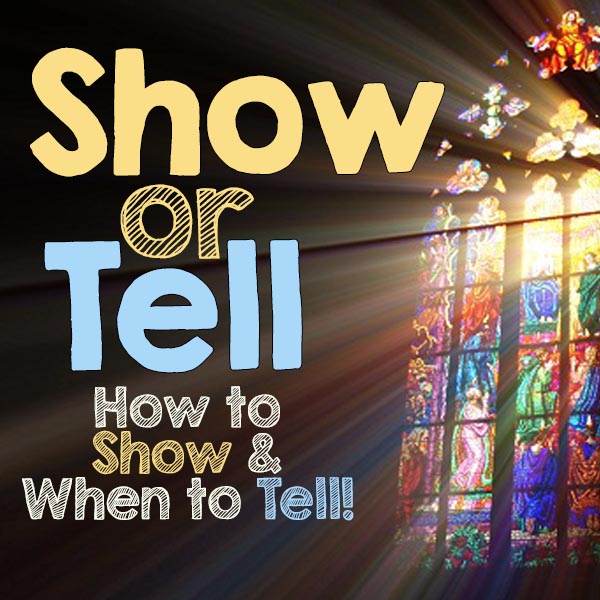How do you keep motivated to write when you’re 1) burnt out 2) tired 3) haven’t heard the best writing news and/or 4) your muse has gone on vacation to …
Goal Setting and How to Grow as a Writer in 2015
Hello! I hope you had a fantastic Holiday! Back to work, right? I woke up this morning to -24 (with windchill). Which means it’s hard to get my brain moving. …
How to Edit your Fast-Draft – an overview
I saw the angel in the marble…and I carved until I set him free… Michelangelo Editing, in my opinion, is the fun part of writing. You already have the rough …
How to Show and When to Tell
I hope you’re busy writing your amazing works of NaNoWriMo fiction!
I thought, as we dive in, it might help to understand what editors mean by “Show, Don’t Tell.” Listen, I know it can be confusing. Especially since there is not only mis-information and bad teaching out there, but also because there IS a time Tell!
Showing, not Telling is not about describing everything that happens. And Telling has nothing to do with narrative and backstory. Narrative and backstory (and even action) get a bad rap because often, during narrative, backstory and action, authors drop into “telling” without realizing it. Describing ACTION by saying “John shot Bill.” is not telling. It’s action. But adding: “John felt sorry when he shot Bill,” would be telling.
See, I know. Confusing.
Here’s the bottom line: Showing is about helping the reader experience the emotions of the character. Showing brings us into the mind and heart of the character to understand their emotional journey.
Here’s how: If you say, ‘She felt grief,’ or even, and this is more common, ‘Grief overtook her’ you are not just telling us what emotion she’s feeling, but you’re pinpointing one emotion your reader must feel with the character. Instead, show us how despair makes her feel through how she acts, what she thinks, what she says and how she sees her world. Let us into your character’s head.
Telling is when you tell someone how to feel. It relates to the emotion to the story, not the narrative, backstory and action.
The What and Why of Writing: Story Irony
Susie May Warren, the founder of My Book Therapy (MBT) hosted the first online MBT Pitch and Promotion seminar on August 23. The seminar was an opportunity to connect with writers and help them polish their story pitches. Coaches and attendees talked about elements that help us craft a strong pitch, including characters and stakes.
Attendees were also told to look for the Story Irony as a potential component to construct a strong pitch. Writers also talk about Dramatic Irony, so I’m clarifying the difference between Story Irony and Dramatic Irony and then explaining how you use Story Irony when you’re crafting a pitch


